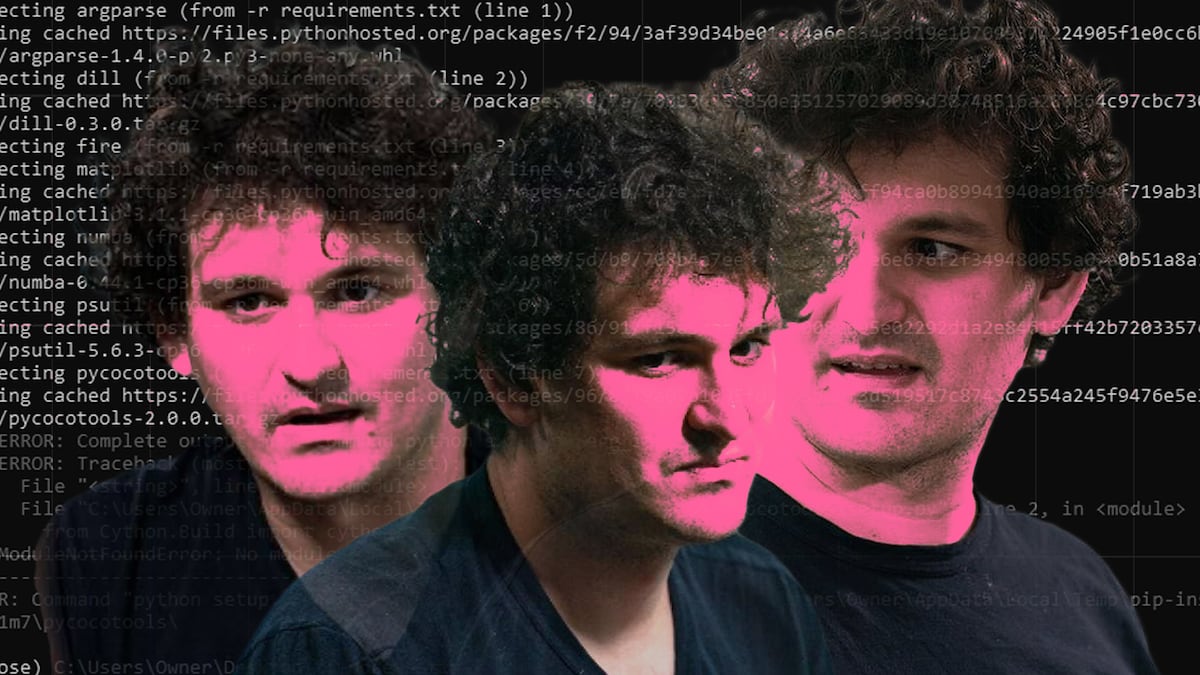- Bankman-Fried’s time on the witness stand concluded Tuesday, and with it, the evidentiary part of his trial.
- Prosecutors and Bankman-Fried’s defence attorneys will make their closing arguments Wednesday.
- Jurors are expected to begin their deliberations on Thursday.
Alameda Research never stole FTX customers’ money — it was mostly squirrelled away in reserve in “Samcoins,” illiquid crypto tokens affiliated with the companies’ founder, Sam Bankman-Fried, according to the disgraced entrepreneur’s testimony on Tuesday and earlier this week.
And when those tokens crashed in value last November, FTX struggled to honour customers’ withdrawal requests, he said; fraud had nothing to do with it.
He had better hope jurors believe him.
Bankman-Fried’s time on the stand concluded Tuesday, and with it, the evidentiary part of his trial. Prosecutors and Bankman-Fried’s defence attorneys will make their closing arguments Wednesday.
Jurors could begin their deliberations as soon as Thursday, relying on evidence presented by both sides over the previous five weeks.
Bankman-Fried faces seven charges, including conspiracy to commit fraud and money laundering, and faces decades in prison if found guilty. He has pleaded not guilty.
The government’s evidence
The prosecution’s case has been clear: Bankman-Fried orchestrated a multibillion-dollar fraud, telling customers and investors that FTX and Alameda were separate entities when, in fact, Alameda was taking money from FTX customer deposits to finance political donations, the purchase of luxury property, risky bets on startups, and more.
To make their case, they have trotted out three of Bankman-Fried’s closest associates: Alameda CEO Caroline Ellison, FTX co-founder Gary Wang, and FTX’s head of engineering, Nishad Singh.
All three have pleaded guilty to fraud and are cooperating with prosecutors in the hopes of receiving lenient prison sentences. All three have said the elaborate fraud was orchestrated by Bankman-Fried.
Prosecutors have also brought forward FTX customers, lenders, and investors, who have testified that they were misled by Bankman-Fried’s public statements and his companies’ financial records.
And prosecutors also questioned an accounting expert, whose analysis of bank statements, crypto wallets and other financial records purportedly show that Alameda’s spending spree was financed by FTX customer deposits.
SBF’s evidence
The defence’s case has been less clear.
Their cross-examination of government witnesses did little to damage those witnesses’ credibility.
The defence’s first two witnesses’ brief testimonies did little to change that. Krystal Rolle, an attorney who represented Bankman-Fried in the Bahamas, where FTX was based, gave an account of the days immediately following the exchange’s bankruptcy filing. Joseph Pimbley, a financial analyst, said his analysis of an FTX database showed that most FTX users had opted into margin trading.
Their strategy came into focus Friday, when Bankman-Fried himself took the stand for the first time in front of jurors. (In a rare legal proceeding, Bankman-Fried testified Thursday without the jury present in order for the judge to determine which topics would be admissible.)
Over the past two-and-a-half days of testimony, Bankman-Fried has insisted that Alameda, the crypto trading fund he founded in 2017, was allowed to borrow from customers of FTX, the crypto exchange he founded in 2019. Those customers effectively decided to loan their money to others by opting into FTX’s margin trading program, Bankman-Fried said.
Although he eventually discovered that Alameda had borrowed a whopping $10 billion, Bankman-Fried didn’t think that was a problem, as Alameda’s “net asset value” — its assets minus its liabilities — was also roughly $10 billion, he said, in part because of its substantial reserve of Samcoins.
But FTT, FTX’s native token, and Solana, the most prominent Samcoins, crashed as customers lost faith in FTX. Ellison, Alameda’s CEO, hadn’t hedged against that possibility, according to Bankman-Fried.
“This led to an approximately 50% crash in Alameda’s assets, and that was the 50% crash that drove [Alameda’s] net asset value from close to $10 billion to only a little bit above zero,” he testified on Monday.
On Tuesday morning, Assistant US Attorney Danielle Sassoon took aim at the notion that Alameda had never really stolen money from FTX customers because it always had enough assets to cover its liabilities.
As she had done several times on Monday, Sassoon asked Bankman-Fried to answer for things he said or had messaged to people before his arrest last December.
She noted that Bankman-Fried had previously said FTT was illiquid. In other words, it couldn’t be sold in large quantities without also destroying its value. The implication: only on paper were Alameda’s assets able to cover its liabilities. In an emergency, they would be worth far less, and Bankman-Fried knew it.
“I assume that right now there wouldn’t be a huge amount of liquidity for them,” he said in a group chat with other FTX executives last November, referring to FTT and SOL.
Sassoon also asked Bankman-Fried whether he had attempted to identify the employees who authorised a spending spree that led to an $8 billion debt that Alameda owed FTX, and fire them.
But Bankman-Fried repeatedly denied that runaway spending at Alameda had led to the $8 billion liability, which he said he’d only found in the fall of 2022 while reviewing a newly built company database.
In any case, “I wasn’t particularly interested in trying to dole out blame,” he said.
“I tried to focus as much as I could on what stuff has happened, what’s the best thing we can do going forward,” Bankman-Fried said.
Aleks Gilbert is DL News’ New York-based DeFi Correspondent. Reach out to him with tips at aleks@dlnews.com.


